
John Nash is the quintessential painter of the British landscape, whose most famous painting, 1918’s The Cornfield, represents an ideal close to the very heart of Englishness. Born in 1893, he was also a distinguished war artist (in both World Wars), a superb wood engraver and inventive illustrator of some 50 books, an inspired watercolourist and draughtsman whose work has always commanded the greatest respect and affection among fellow artists.
Why then is he so little known to the general public? The answer is simple: his brother. Paul Nash was John’s older brother and a very different character, being hugely ambitious, determinedly avant-garde and very good at self-promotion. Although the brothers got on well together (John adored Paul), Paul’s self-built reputation has long overshadowed John’s modesty. There’s a pencil drawing by John which aptly sums this up: the very tall figure of Paul looms large over John, effectively blocking out the sun in the process. That says it all.
Yet it was not always thus. When they first began to establish their reputations, before the First World War, they were considered to be pretty much level pegging, with John often having the upper hand. Naturally gifted, John was self-taught and not hampered by the distractions of art school which often confuse many young artists (Paul attended the Slade). His early talent for comic drawing blossomed into a lyrical, linear gift for landscape, and he took to oils with a greater understanding of the medium than Paul.
This story is from the November 2019 edition of Artists & Illustrators.
Start your 7-day Magzter GOLD free trial to access thousands of curated premium stories, and 9,000+ magazines and newspapers.
Already a subscriber ? Sign In
This story is from the November 2019 edition of Artists & Illustrators.
Start your 7-day Magzter GOLD free trial to access thousands of curated premium stories, and 9,000+ magazines and newspapers.
Already a subscriber? Sign In

Still life IN 3 HOURS
Former BP Portrait Award runner-up FELICIA FORTE guides you through a simple, structured approach to painting alla prima that tackles dark, average and light colours in turn
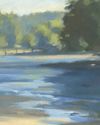
Movement in composition
Through an analysis of three masterworks, landscape painter and noted author MITCHELL ALBALA shows how you can animate landscape composition with movement
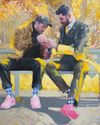
Shane Berkery
The Irish-Japanese artist talks to REBECCA BRADBURY about the innovative concepts and original colour combinations he brings to his figurative oil paintings from his Dublin garden studio
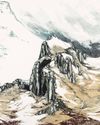
The Working Artist
Something old, something new... Our columnist LAURA BOSWELL has expert advice for balancing fresh ideas with completing half-finished work
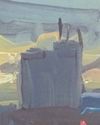
Washes AND GLAZES
Art Academy’s ROB PEPPER introduces an in-depth guide to incorporating various techniques into your next masterpiece. Artwork by STAN MILLER, CHRIS ROBINSON and MICHELE ILLING
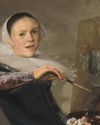
Hands
LAURA SMITH continues her new four-part series, which encourages you to draw elements of old master paintings, and this month’s focus is on capturing hands

Vincent van Gogh
To celebrate The Courtauld’s forthcoming landmark display of the troubled Dutch master’s self-portraits, STEVE PILL looks at the stories behind 10 of the most dramatic works on display
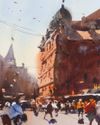
BRING THE drama
Join international watercolour maestro ALVARO CASTAGNET in London’s West End to paint a dramatic street scene
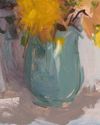
Serena Rowe
The Scottish painter tells STEVE PILL why time is precious, why emotional responses to colour are useful, and how she finds focus every day with the help of her studio wall

Bill Jacklin
Chatting over Zoom as he recovers from appendicitis, the Royal Academician tells STEVE PILL about classic scrapes in New York and his recent experiments with illustration